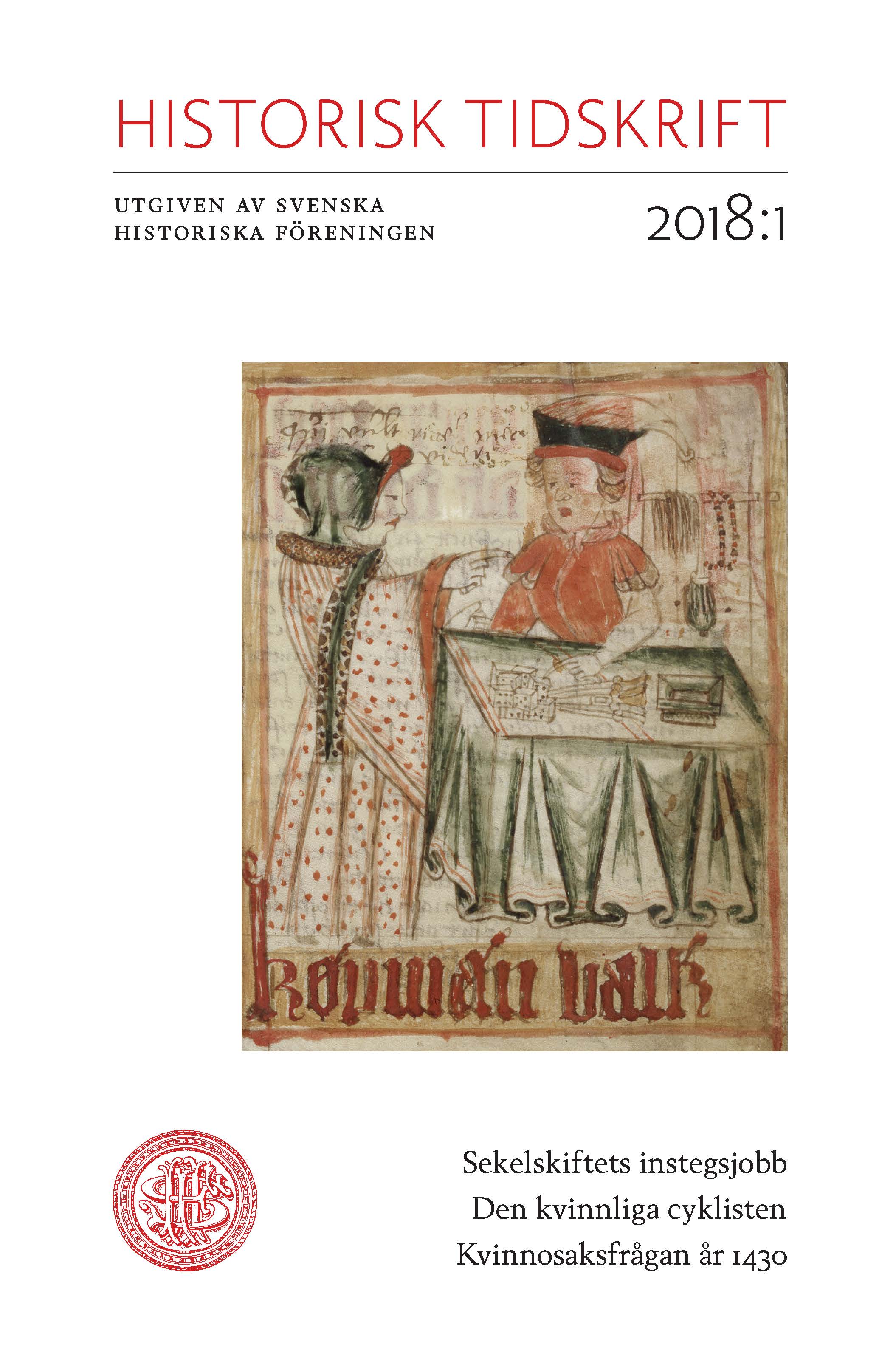Abstract
The elegant cyclist: Cycling, fashion and femininity in Swedish and Danish women’s magazines at the turn of the 20th century.
At the turn of the 20th century the new sport of cycling was endowed with femininity in Scandinavian ladies’ magazines. An analysis of the magazines Idun, Svensk Damtidning, Damernes Blad and Hjemmet between 1890 and the 1910s show that both Swedish and Danish magazines appealed to a middle- or upper class audience from editorial offices located in their respective capitals. Their similarities more often than not surpassed any national differences. In many previous studies of women and cycling, the bicycle dress has been depicted as an item of controversy: a bold fashion statement causing much distress among respectable ladies wishing to try the new pastime. Other studies stress the resemblance of the bicycle dress to the general fashion of the times but cannot account for the extensive discussions of the design of bicycle clothes at the turn of the century. On the whole, the notion of the dress as an obstacle for women cyclists prevails, irrespective of whether the lady cyclist is thought to have manifested her independence via short skirts and trousers or to have followed the fashion trends of middleclass respectability.
But the significance attributed to the cycle dress is not necessarily indicative of it being a source of great concern. This study makes use of theoretical and empirical insights derived from studies of women’s sports within the field of gender studies to analyze the fashionable bicycle dress as a source of comfort and compensatory femininity. Because cycling was considered a sport and therefore associated with masculinity, the socially acceptable interest in fashion could be used as a way to approach the otherwise suspiciously masculine bicycle. The ideal lady cyclist exuded elegance, and the most tangible way to access this elegance was through the exhibition of a flawless fashion sense. This portrayal of lady cyclists was so pervasive that elegance, at the end of the period, could be attributed to women from the lower classes as well. Cycling certainly had a subversive potential, but the women’s magazines persistently placed it in a realm of fashion that was traditionally considered feminine and therefor rendered cycling considerably less fraught with social risks.

